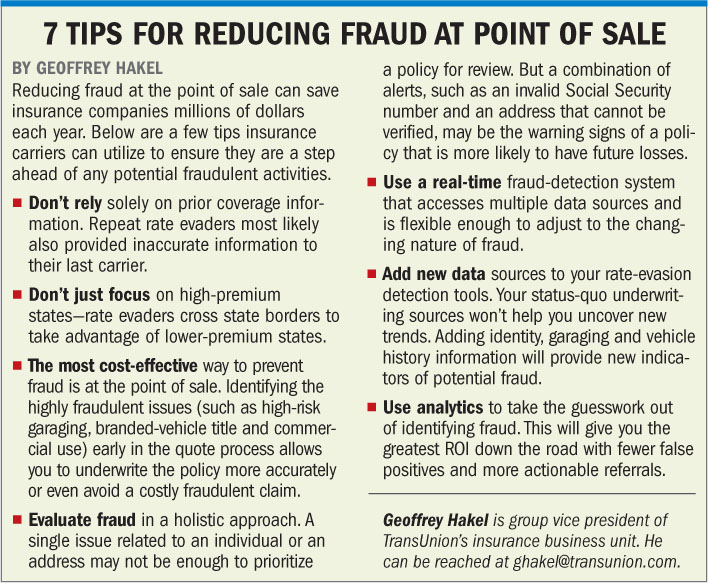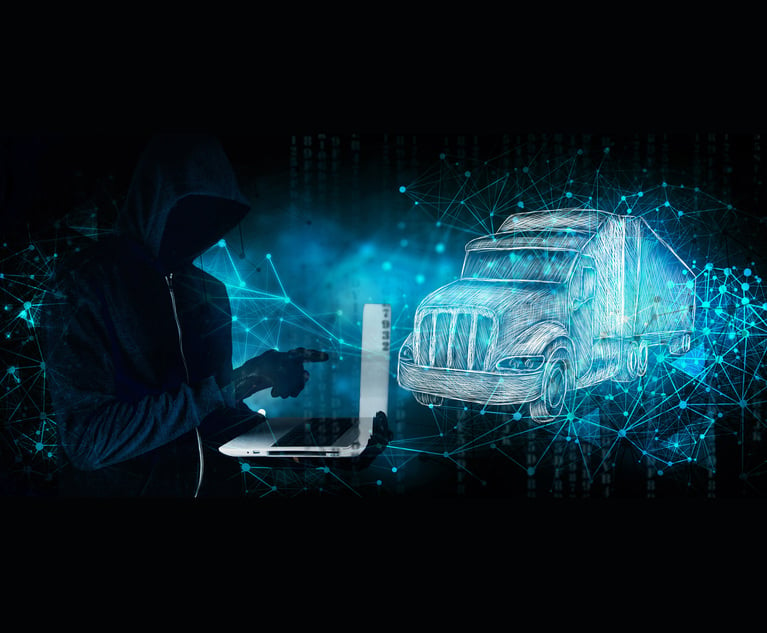Over the next five years, we should expect dramatic changes in claims handling and fraud detection—mirroring emerging trends already evident in society today. What will this brave new world look like? What are the key trends, and what will be their impact on the claims-handling and fraud-fighting workflow between now and 2016?
 Here are some predictions:
Here are some predictions:
• The Explosion Of Social Networking
Whether communicating via Facebook, Twitter, Tumblr, YouTube or other social networking sites, consumers are opening up their lives—and possibly revealing details that could be helpful to claims adjusters and fraud investigators. The trend has already begun, for example, with workers'-compensation fraudsters posting pictures and messages online, revealing that their health is much better than they had led claims administrators to believe.
• The Rise Of Information Everywhere
Where is news, entertainment and e-mail accessed? Today, the answer includes TVs, desktop computers, laptops, iPads, smart phones and even gaming systems. While many of today's information technologies are entertainment-oriented, in the not-too-distant future the entire claims process could well be carried out on these devices. The old model of sitting at a desk to do work is changing, as work moves with people to their cars and even to their pockets.
The impact for claims adjusters is significant. The current claims-analysis systems tied into desktop and mainframe systems will be available as mobile applications that will allow on-site claims information gathering as well as instantaneous claims-data analysis. We already see evidence of such trends in mobile access to estimating data for auto and property.
• Telematics
Today it's possible to locate people by triangulating their position via their cellphone GPS. That technology is a useful tool in crime investigations. The next-wave technology in a similar vein is telematics. When telematics devices are installed in vehicles and transmit data, insurers know not just where but how drivers are operating their vehicles. The data provided by telematics devices can inform underwriting decisions and reduce misrepresentation of fact in auto accidents.
• New Uses For Satellite Photography
Today, satellite photography is used primarily for assessment of weather conditions and to assist scientists in measuring global change. Image resolution is getting sharper, however, and the range of available images is getting larger all the time. The impact for property-claims evaluation will be significant. In the future, checking the validity of property claims may be as easy as accessing high-resolution photographs of the property before and after a loss event, all done virtually—from anywhere in the world.
• Expanded Uses For Weather Data
Weather data has greatly improved meteorologists' ability to predict storm systems. And the accuracy with which weather events can be measured has also significantly increased. Today, technology allows the detection of lightning strikes within a two-mile radius. In the future, data will be even more precise, affecting property claims in which unscrupulous property owners try to fake structural damages to receive payments. Weather forensics—such as detecting if or when there were lightning strikes or wind damage in the vicinity—will become easier in the future, helping investigators catch property owners and unscrupulous contractors who wish to take advantage of local weather events.
• Data-Driven Investigations
In today's claims investigation world, claims adjusters collect information, and if something seems irregular, they alert the SIU staff. The investigator then makes phone calls, hits the street and knocks on doors to discover the facts of the case: a time-consuming and laborious process.
In five years, this model will be turned on its head. As soon as claims data is input, the system will begin searching through multiple channels of information to seek out suspicious data and behaviors. The explosion of information currently being generated—through social networking, news outlets, weather data, telematics devices, satellite photography and other data-gathering systems—will be accessed instantly, with each aspect of the claim being checked for possible fraud.

Predictive and network modeling will look at data to identify which claims require special handling or investigation. The data will tell investigators whom to pursue: the clinic that always bills just up to the threshold that won't trigger an investigation; the claimant who uses four Social Security numbers; or the auto-repair shop that bills the insurance company for new parts but installs used ones.
In 2016, the speed of investigations will seem lightning fast in comparison with current methods. Once a suspicious individual or business is discovered, the investigator will be able to drill down with just a few clicks to put the case together. The old days of hitting the streets will be replaced with hitting the device. And in 2016, investigations will be as mobile as the personal communications routines of today.
• Point-Of-Sale Perimeter Defense
A decade ago, insurance applicants came into the office to apply for a policy, and the agent could actually get to know the applicant. Today, the personal interaction is being replaced by an online application—and what's frequently lost is the ability to evaluate the applicant in a personal way. In five years, applicants will still be applying online, but the decisions of agents and underwriters will be supported by rigorous prescreening technology.
From the moment applicants begin to research an insurance product online, the screening system will begin to analyze their identities and their insurance and loss histories. The system will also look at other available records, such as whether there is a criminal or insurance-related fraud background. By the time the application is submitted, the system will already have gathered and scored information to know much about individual applicants and the risk of fraud. Insurers will be able to stop would-be fraudsters well before they become actual policyholders.
• Implications
In the next five years, developments in communications, information acquisition and analytic techniques will allow underwriting and claims staffs to collect better data, perform better analytics and make better business decisions. The implications for insurance-claims handling and fraud fighting will be both exciting and challenging. Companies that move forward with technology but still maintain a collaborative relationship among the underwriting, claims and investigations staffs will have a leg up on the competition.
Want to continue reading?
Become a Free PropertyCasualty360 Digital Reader
Your access to unlimited PropertyCasualty360 content isn’t changing.
Once you are an ALM digital member, you’ll receive:
- Breaking insurance news and analysis, on-site and via our newsletters and custom alerts
- Weekly Insurance Speak podcast featuring exclusive interviews with industry leaders
- Educational webcasts, white papers, and ebooks from industry thought leaders
- Critical converage of the employee benefits and financial advisory markets on our other ALM sites, BenefitsPRO and ThinkAdvisor
Already have an account? Sign In Now
© 2025 ALM Global, LLC, All Rights Reserved. Request academic re-use from www.copyright.com. All other uses, submit a request to [email protected]. For more information visit Asset & Logo Licensing.








